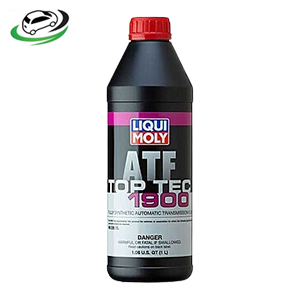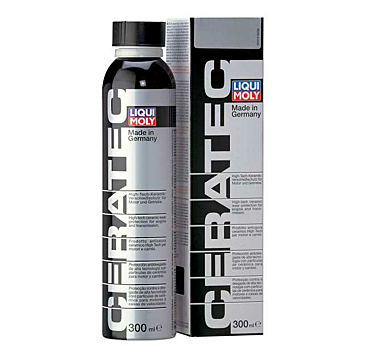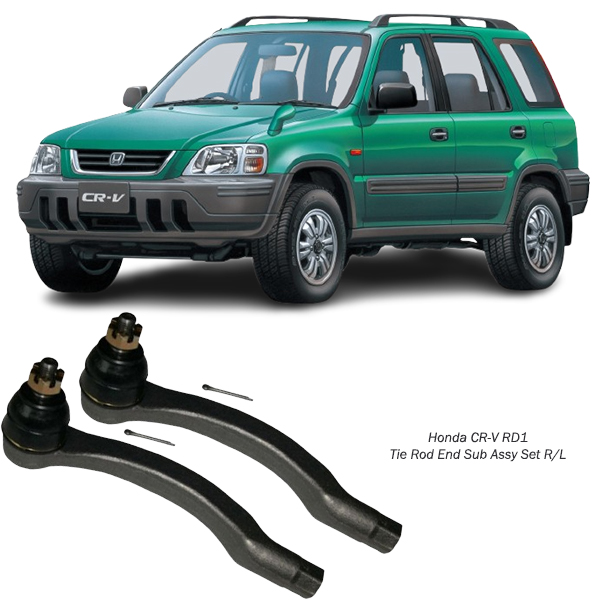-14%
Get Honda CR-V RD1 Tie Rod End Sub Assy SE6191 in Kenya
The tie rod end sub-assembly plays a critical role in the steering and suspension system of a vehicle, linking the steering rack or gearbox to the steering knuckle and ultimately controlling the direction of the wheels. Without this essential component, precise and smooth steering would be impossible, leading to unsafe driving conditions. This detailed guide will delve into the structure, function, benefits, maintenance, and replacement of the tie rod end sub-assembly to provide a comprehensive understanding of its importance in modern vehicles.
What is a Tie Rod End Sub-Assembly?
The tie rod end sub-assembly consists of two key parts: the inner tie rod end and the outer tie rod end, which work together to connect the vehicle’s steering mechanism to the wheels. These components help transmit the movement of the steering wheel to the wheels, enabling drivers to turn and control their vehicles. The tie rod ends are connected by a small shaft, and the entire sub-assembly is crucial for ensuring precise handling and steering responsiveness.
Inner Tie Rod End
The inner tie rod end is typically fixed to the steering rack or gearbox, which is connected to the vehicle’s steering column. The purpose of the inner tie rod is to transmit the rotational motion of the steering column to the outer tie rod, which directly affects the steering knuckle.
Outer Tie Rod End
The outer tie rod end connects to the inner tie rod and the steering knuckle, which is the part of the vehicle’s suspension system that holds the wheel hub and allows the wheels to rotate. The outer tie rod end is designed to pivot, enabling the wheels to turn in response to steering input.
How Does the Tie Rod End Sub-Assembly Work?
When the driver turns the steering wheel, this action rotates the steering column, which, in turn, activates the steering rack. The steering rack moves either left or right, pushing or pulling the inner tie rod end. This movement is transferred through the inner tie rod to the outer tie rod. The outer tie rod, in turn, pushes or pulls the steering knuckle, causing the wheels to turn.
This process occurs in both manual and power steering systems, although power steering assists by reducing the effort needed to turn the steering wheel. In both systems, however, the tie rod end sub-assembly plays a pivotal role in translating the steering wheel’s motion to the wheels and ensuring precise vehicle control.
Functions of the Tie Rod End Sub-Assembly
- Steering Control
The primary function of the tie rod end sub-assembly is to convert the rotational movement of the steering wheel into linear motion that turns the vehicle’s wheels. This allows the driver to maintain control of the vehicle’s direction, whether driving straight or making turns. - Maintaining Alignment
Tie rod ends help maintain proper alignment of the wheels. Misalignment can result in uneven tire wear, poor handling, and reduced fuel efficiency. The tie rod ends ensure that the wheels move in unison with the steering wheel input, which is vital for optimal alignment. - Transmitting Force
Tie rods transmit the force generated by the steering system to the wheels, ensuring that the wheels follow the intended path. The ball joints in the tie rod ends also allow for smooth articulation during suspension movements, ensuring that the wheels move accurately as they follow the steering input. - Facilitating Suspension Movement
While the primary job of tie rod ends is to control steering, they also work in conjunction with the vehicle’s suspension system. As the suspension absorbs shocks and road irregularities, the tie rods allow the wheels to move vertically, while still maintaining the required steering angle.
Signs of Worn or Damaged Tie Rod End Sub-Assemblies
- Uneven Tire Wear
If the tie rod ends are worn or damaged, the wheels may not be properly aligned. This misalignment leads to uneven or accelerated tire wear, especially on the inner or outer edges of the tires. Monitoring tire wear is an excellent way to detect tie rod issues early. - Steering Play or Slack
A loose or worn tie rod end may cause play in the steering wheel. If the driver experiences excessive movement in the wheel without corresponding movement in the wheels, it indicates that the tie rod ends may be loose or damaged. - Vibrations in the Steering Wheel
When driving, vibrations in the steering wheel are a common sign of worn tie rod ends. These vibrations are typically caused by worn or loose components failing to provide a steady connection between the steering rack and the wheels. - Clunking or Knocking Sounds
If the tie rod ends are severely worn, you might hear clunking or knocking noises when driving over bumps or turning the steering wheel. These noises are typically a result of the inner or outer tie rod joints failing to maintain a firm connection. - Steering Difficulty
If the tie rod ends are damaged, the steering may become stiffer or more difficult to control. This issue may arise gradually as the tie rod ends wear down and lose their ability to transmit force effectively.
Benefits of a Functional Tie Rod End Sub-Assembly
- Improved Steering Precision
A properly functioning tie rod end sub-assembly provides accurate steering control, ensuring the wheels move precisely as the driver turns the steering wheel. - Enhanced Safety
By ensuring proper wheel alignment and responsiveness, the tie rod end sub-assembly contributes to vehicle stability and handling, which are crucial for safe driving. - Better Handling and Ride Comfort
When the tie rod ends are in good condition, they help improve the overall handling and responsiveness of the vehicle. This enhances ride comfort by providing smooth, predictable steering. - Longer Tire Life
Maintaining proper wheel alignment through functional tie rod ends helps reduce uneven tire wear, which can extend the life of the tires and improve fuel efficiency. - Cost-Effective Maintenance
Regular maintenance and timely replacement of worn tie rod ends can help prevent more serious suspension or steering problems, saving money on repairs and replacements.
Maintenance and Care of Tie Rod End Sub-Assemblies
- Routine Inspections
It is essential to inspect the tie rod ends regularly for signs of wear, such as loose joints, damaged boots, or unusual play in the steering wheel. Having them checked during routine maintenance can help detect issues before they become severe. - Grease and Lubrication
Some tie rod ends feature grease fittings that require periodic lubrication to prevent wear and corrosion. Keeping these parts well-lubricated ensures smoother movement and longer-lasting performance. - Protective Boots
Tie rod ends are typically covered with rubber boots that protect the ball joints from dirt, debris, and moisture. These boots should be inspected for cracks or tears that could expose the joints to contaminants.
Replacement of Tie Rod Ends
If the tie rod ends are worn or damaged beyond repair, they should be replaced immediately to maintain safe steering and vehicle control.
Step-by-step Tie Rod End Replacement:
- Lift the Vehicle – Use a jack to lift the front of the vehicle and support it with jack stands.
- Remove the Wheel – Remove the wheel to access the tie rod ends.
- Loosen the Tie Rod End Nut – Use a wrench to loosen the nut securing the tie rod end to the steering knuckle.
- Disconnect the Tie Rod – Separate the tie rod end from the steering knuckle using a ball joint separator tool.
- Install the New Tie Rod End – Attach the new tie rod end to the steering knuckle and tighten the nut securely.
- Alignment Check – After installation, ensure the vehicle’s alignment is checked and adjusted if necessary to prevent tire wear and ensure proper steering function.
Conclusion
The tie rod end sub-assembly is a crucial component in the steering and suspension system, responsible for transmitting steering force from the steering rack to the wheels and ensuring proper vehicle alignment. Regular inspection, timely maintenance, and prompt replacement of damaged tie rod ends are essential for maintaining optimal vehicle performance, safety, and tire longevity. By understanding the role and importance of tie rod ends, vehicle owners can ensure that their cars remain responsive, stable, and safe on the road.
Follow us on Facebook for more parts.



